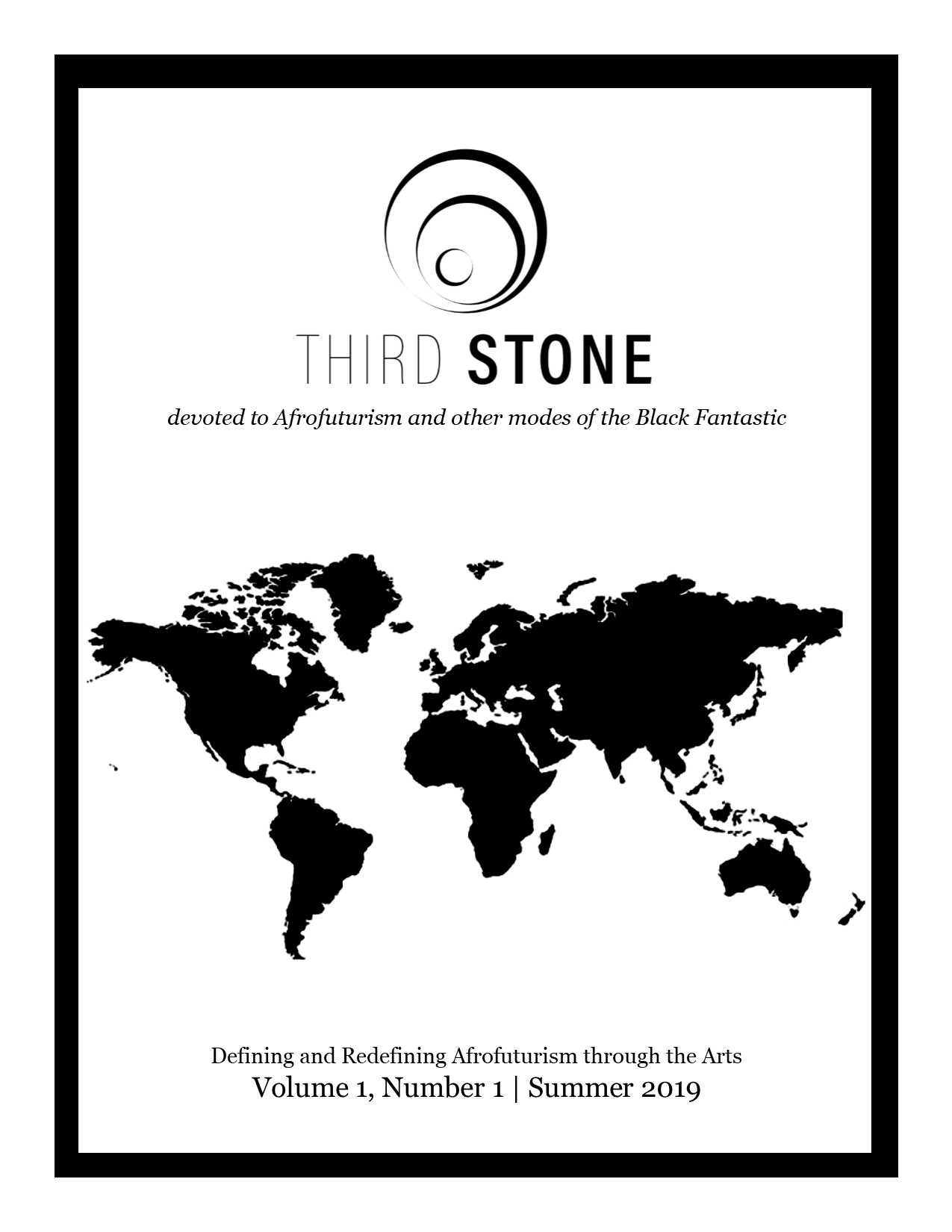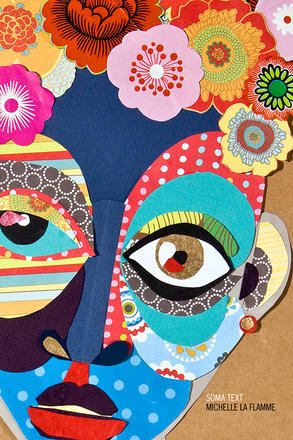ASRC 3310 Afro-Asia: Futurism and FeminismsPosted in Africa, Anthropology, Asian Diaspora, Course Offerings, Literary/Artistic Criticism, Media Archive, United States on 2019-10-01 21:18Z by Steven |
ASRC 3310 Afro-Asia: Futurism and Feminisms
Cornell University, Ithaca New York
Fall 2019
Tao Goffe, Assistant Professor, Africana Studies, Feminist, Gender, and Sexuality Studies
Crosslisted as: ASRC 3310, COML 3310, F688 3310 Semester
This course explores cultural representations of Afro-Asian intimacies and coalition in novels, songs, films, paintings, and poems. What affinities, loves and thefts, and tensions are present in cultural forms such as anime, jazz, kung fu, and K-pop? Students will consider the intersections and overlap between African and Asian diasporic cultures in global cities such as New York, Chicago, Havana, Lahore, Kingston, and Hong Kong to ask the question: when did Africa and Asia first encounter each other? This will be contextualized through a political and historical lens of the formation of a proto-Global South in the early twentieth, Afro-futurism, women of color feminisms, and Third World solidarity and internationalism. Tackling issues of race, gender, sexuality, and resistance, this seminar also reckons with the intertwined legacies of the institutions of African enslavement and Asian indenture by reading the novels of Patricia Powell and the paintings of Kehinde Wiley, for instance. Students will work in groups to produce Afro-Asia DJ visual soundtracks as part of the final project.




